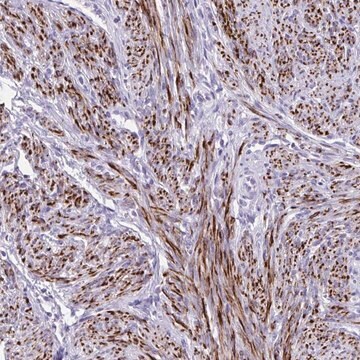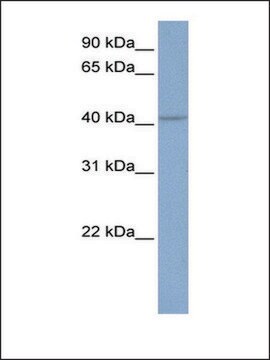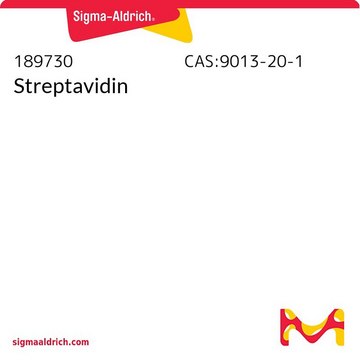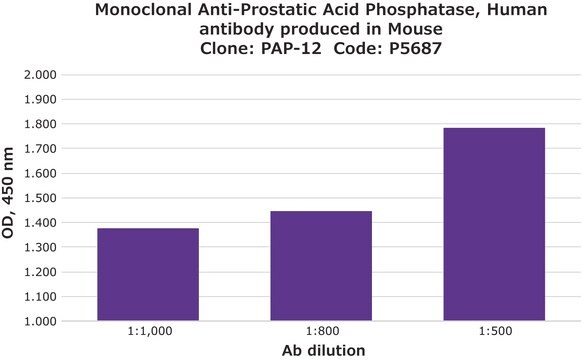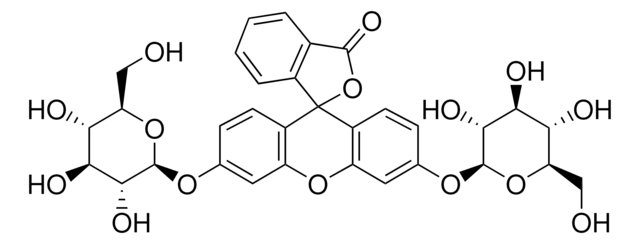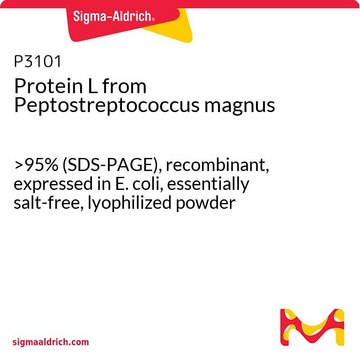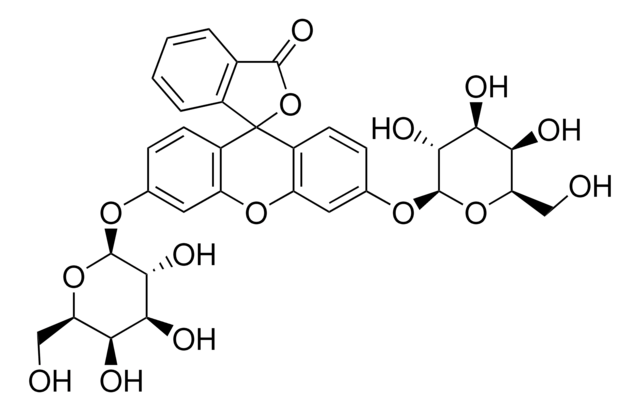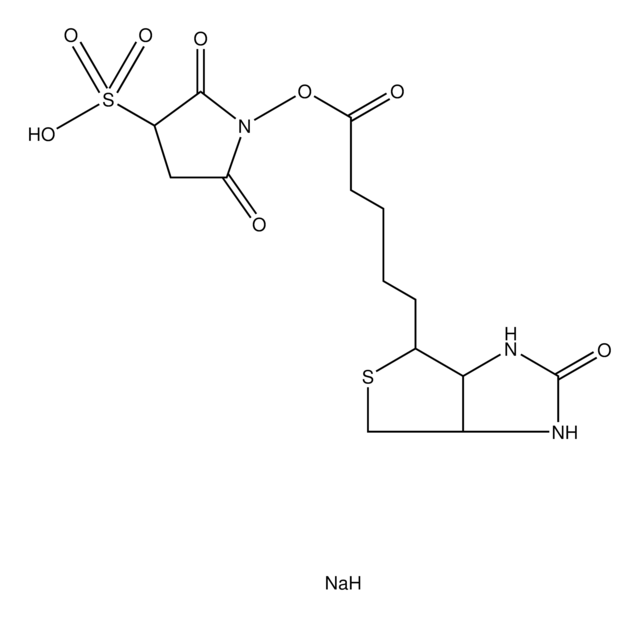P4997
Anti-Potassium Channel KCa3.1 (Intermediate-conductance Ca2+-activated Potassium Channel 4) antibody produced in rabbit
affinity isolated antibody, lyophilized powder
Synonym(s):
Anti-IKCa1, Anti-KCNN4, Anti-SK4
Sign Into View Organizational & Contract Pricing
All Photos(3)
About This Item
Recommended Products
biological source
rabbit
Quality Level
conjugate
unconjugated
antibody form
affinity isolated antibody
antibody product type
primary antibodies
clone
polyclonal
form
lyophilized powder
species reactivity
human, rat, mouse (predicted)
technique(s)
western blot: 1:200
UniProt accession no.
shipped in
dry ice
storage temp.
−20°C
target post-translational modification
unmodified
Gene Information
human ... KCNN4(3783)
mouse ... Kcnn4(16534)
rat ... Kcnn4(65206)
Immunogen
synthetic peptide corresponding to amino acid residues 350-363 of rat KCa3.1. The sequence has 100% homology with human, mouse, and pig.
Application
Applications in which this antibody has been used successfully, and the associated peer-reviewed papers, are given below.
Immunofluorescence (1 paper)
Western Blotting (1 paper)
Immunofluorescence (1 paper)
Western Blotting (1 paper)
Physical form
Lyophilized powder from phosphate buffered saline containing 1% bovine serum albumin and 0.05% sodium azide.
Disclaimer
Unless otherwise stated in our catalog or other company documentation accompanying the product(s), our products are intended for research use only and are not to be used for any other purpose, which includes but is not limited to, unauthorized commercial uses, in vitro diagnostic uses, ex vivo or in vivo therapeutic uses or any type of consumption or application to humans or animals.
Not finding the right product?
Try our Product Selector Tool.
Storage Class
11 - Combustible Solids
wgk_germany
WGK 3
flash_point_f
Not applicable
flash_point_c
Not applicable
Choose from one of the most recent versions:
Already Own This Product?
Find documentation for the products that you have recently purchased in the Document Library.
Spatial separation of endothelial small-and intermediate-conductance calcium-activated potassium channels (KCa) and connexins: possible relationship to vasodilator function?
Sandow SL et al
Journal of Anatomy, 209.5, 689-698 (2006)
Characteristics of Kcnn4 channels in the apical membranes of an intestinal epithelial cell line.
Basalingappa KMet al
American Journal of Physiology: Gastrointestinal and Liver Physiology, 301(5), G905-G911 (2011)
Blocking ion channel KCNN4 alleviates the symptoms of experimental autoimmune encephalomyelitis in mice.
Reich EP et al
European Journal of Immunology, 35(4), 1027-1036 (2005)
Phosphatidylserine exposure and calcium-activated potassium efflux in platelets.
Danièle Kerbiriou-Nabias et al.
British journal of haematology, 155(2), 268-270 (2011-04-13)
The Ca2+-activated K+ channel KCNN4/KCa3.1 contributes to microglia activation and nitric oxide-depenThe Ca2+-activated K+ channel KCNN4/KCa3.1 contributes to microglia activation and nitric oxide-dependent neurodegeneration.dent neurodegeneration.
Kaushal V et al
The Journal of Neuroscience, 27(1), 234-244 (2007)
Our team of scientists has experience in all areas of research including Life Science, Material Science, Chemical Synthesis, Chromatography, Analytical and many others.
Contact Technical Service